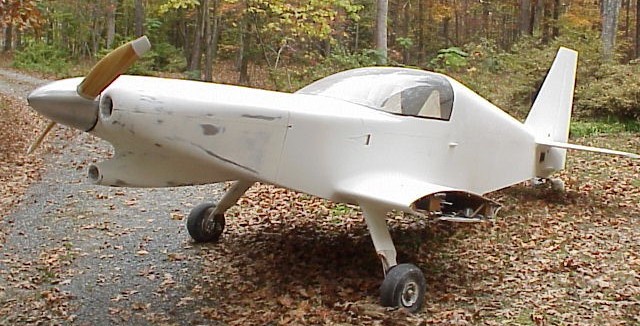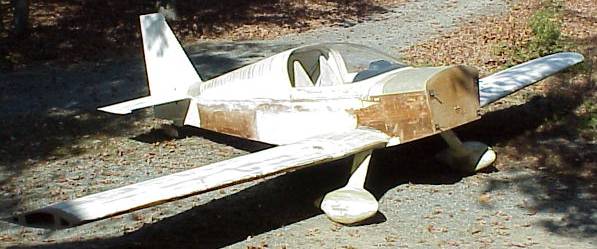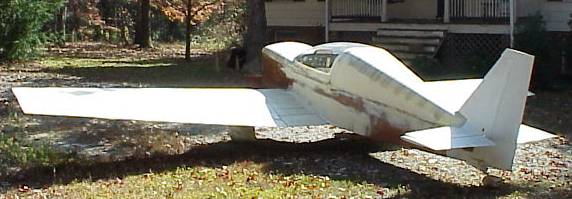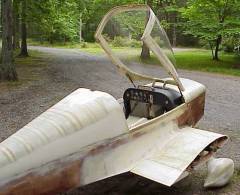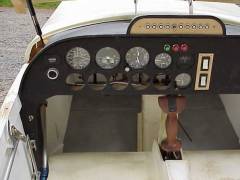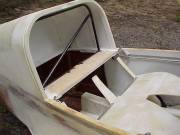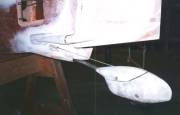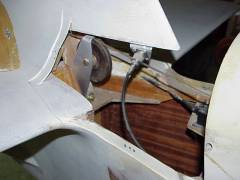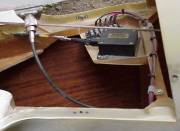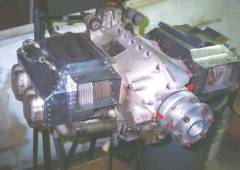|
The cooling shroud has been started. I have done enough metal work to realize that I do
not want to build an entire airplane from aluminum.
The design of the shroud is based on a project from one of my graduate school classes. I
calculated the airflow using a finite element model and arrived at a shape that would be fairly
easy to build, but more importantly, would result in uniform flow over each cylinder with lower
drag. In a standard pressurized cowl, there will be more flow over the rear cylinder which means
unequal cooling. Cooling air is large portion of the overall drag in cruise flight. I am working
to reduce that drag and do it more efficiently.
| 